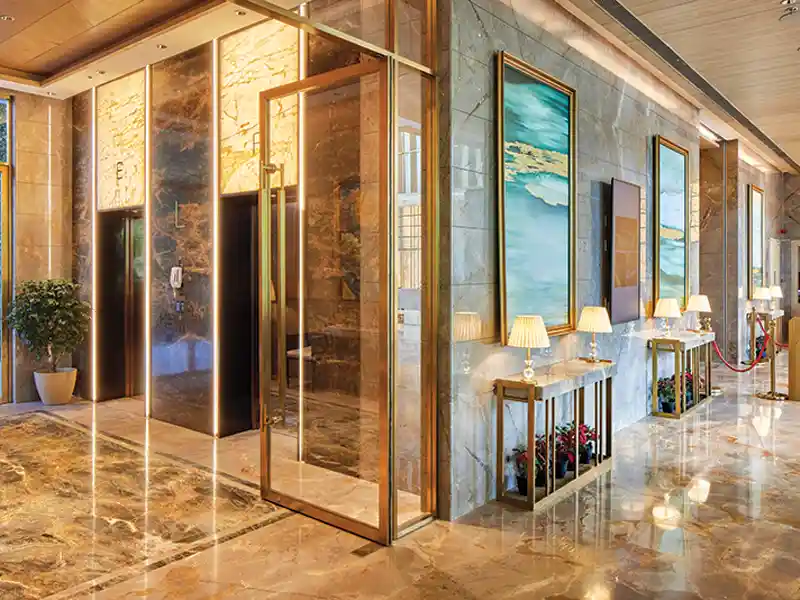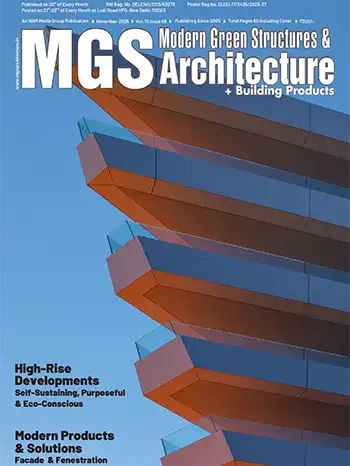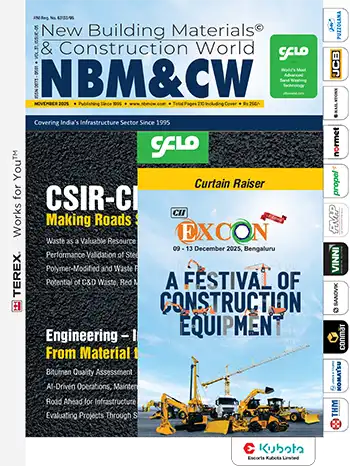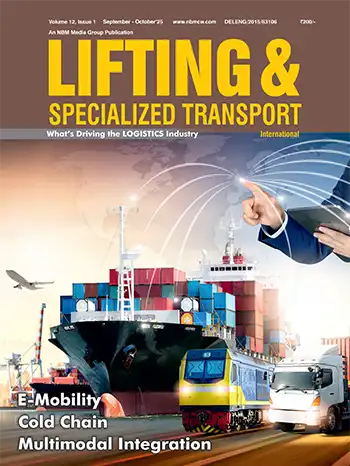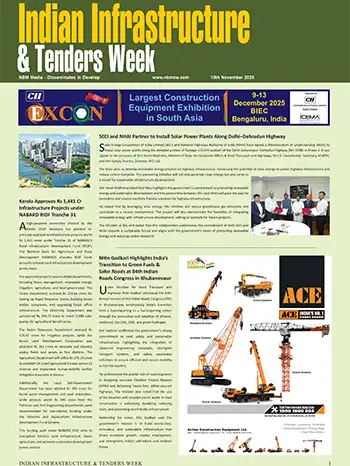By integrating sustainable strategies at both the design and construction levels, builders can minimise material waste and improve efficiency.
Anand Sharma, Founder & Partner, Design Forum International (DFI)
The most effective way to reduce waste starts at the design stage, where careful planning ensures optimal material utilisation. Our approach includes choosing the right typology. Certain building types, such as affordable housing, institutional buildings, and public-use structures, are best suited for circular material utilisation. These projects are built for functionality and longevity, making material reuse more feasible.
Reducing the number of different materials used in a project simplifies procurement and reduces wastage. Standardised materials are easier to reuse across multiple projects. Doors, windows, and railings designed in standard sizes minimise fabrication waste. Room dimensions align with tile sizes, ensuring minimal cutting and material wastage. Tiles and stone off-cuts from renovations are repurposed into China mosaic for pathways or flooring in rehabilitated spaces.

Projects with evolving needs, such as institutional buildings, allow for continuous reuse of materials from initial construction phases in later additions like playgrounds and amenities. Integrating mud bricks and reclaimed earth for outdoor recreational areas, further reduce construction waste.
To minimise waste during construction, we implement several low-waste technologies: We reduce ‘grey work’ like cement, plaster, and concrete usage. Instead of traditional cement mortar, we use tile adhesives, which reduce material wastage during flooring and wall applications. With pre-cut stone slabs, flooring patterns are designed to match available slab sizes, ensuring minimal offcuts. Factory-finished components (such as pre-cast elements) reduce on-site waste. Green waste from landscaping is processed into compost, which is reused for the project’s landscaping. Materials from renovation or demolition projects are systematically reused in peripheral constructions.
One of our most effective waste-reduction strategies is implemented in GLS Avenue 81, an affordable housing project in Gurugram.


